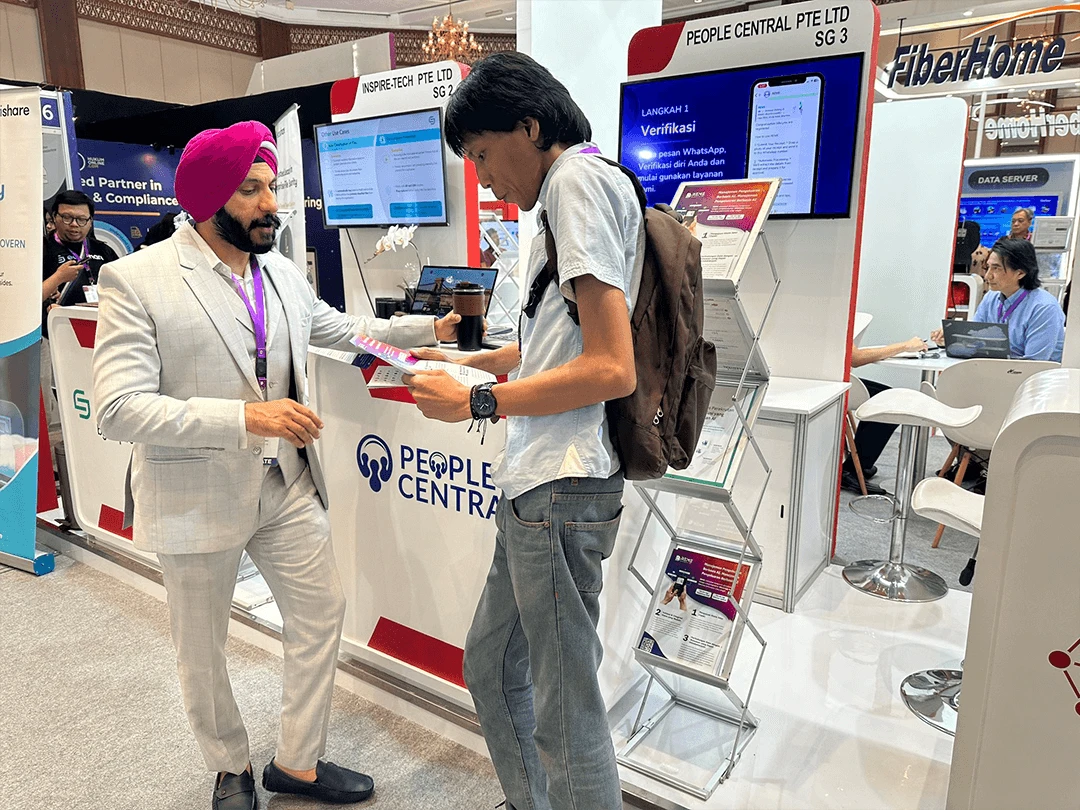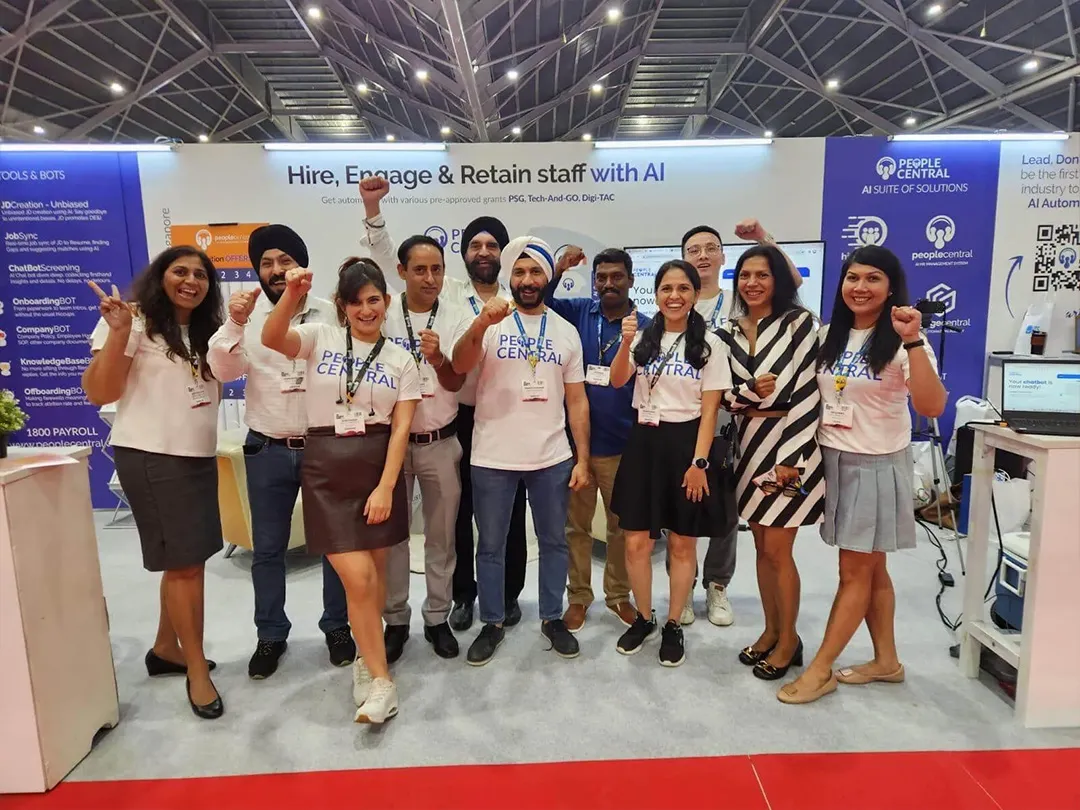In any organization, optimizing employee performance is a key driver of success. To achieve this, managing employee workloads is crucial. It involves evaluating tasks, effective delegation, and fostering a healthy work environment for your entire team. Let’s dive into the intricacies of effective team workload management.
Assessing Workload
Identifying and Quantifying Project Tasks
The first step for every skilled project manager or operations manager is to comprehensively understand the administrative tasks & repetitive tasks your employees undertake. By creating a list of project tasks, you gain clarity on the scope of their work. Utilizing payroll software effectively streamlines employee workload management, ensuring accurate and efficient processing of payroll tasks.
Prioritizing Responsibilities in the Workload Management Process
Once you’ve identified tasks, prioritize them based on importance and deadlines. This ensures that your team focuses on high-impact activities within the workload management process.
Effective Delegation
The Art of Delegation in Workload Management Strategy
Delegating tasks empowers your employees. Assign responsibilities that align with their skills and abilities, enhancing efficiency and accountability in your workload management strategy.
Empowering Your Team to Handle Overwhelming Workload
Trust your team to manage their workload. Encourage them to make decisions and provide support when needed, especially when facing an overwhelming workload.
Employee Well-being
Balancing Workload and Well-being to Avoid Unmanageable Workloads
Overloading employees can lead to burnout and reduced productivity. Strive for a balanced workload that considers their physical and mental health, preventing unmanageable workloads.
Preventing Burnout Caused by an Unbalanced Workload
Look out for signs of burnout, such as decreased performance or increased absenteeism. Address these issues promptly to maintain a healthy work environment and avoid an unbalanced workload.
Communication
Open and Honest Discussions to Address Workload Issues
Foster open lines of communication channels with your employees. Encourage them to share concerns and provide constructive feedback when facing workload issues.
Providing Feedback and Adaptation to Manage Task Lists
Feedback is essential for continuous improvement. Regularly assess workload distribution and adapt as necessary in task lists. This can be effectively and seamlessly conducted via an HRMS inclusive of project management software.
Searching for a Future-Ready HR Solution to Optimize Employee Workloads?
Delve into PeopleCentral’s AI-enabled HR & Payroll Platform, trusted by over 100,000+ users, including industry leaders. Discover advanced HR software in Singapore, perfect for redefining workforce management from seamless onboarding to detailed performance analysis.
All-Inclusive Modules: Are you seeking tailored solutions for every HR function, from Employee Management to Payroll and beyond?
Mobile App Convenience: Ever considered simplifying HR processes on the go? Explore the PeopleCentral Mobile App for Leave, Claim, Payroll, Appraisal, and Timesheet tracking.
AI-Driven Edge: Wondering about the benefits of AI in HR? Uncover features like AI Company Chatbot, AI Signal Watch, and OCR Claims for instant knowledge guidance, proactive HR assistance, and streamlined expense management.
Ready to secure your HR’s future with advanced software? PeopleCentral offers comprehensive HR solutions. As you explore “How to Manage Workload of Employees: 12 Effective Strategies,” consider the dynamic and effective HRMS software provided by PeopleCentral.
Embark on a Future-Ready HR Transformation with a FREE TRIAL today.
Streamlining Processes
Automating Routine Tasks Using Workload Management Software
Leverage technology to automate repetitive and time-consuming tasks. This frees up your employees for more valuable work, and workload management software can be a great help in this regard. By using workload management automation it helps the project managers to manage an overloaded team with tasks to set as per the primary goals of the task priorities.
Leveraging Project Management Tools to Streamline Processes
Invest in tools and software, such as project management tools, that enhance efficiency and streamline your business processes.
Time Management
Techniques for Efficient Time Management, Including Setting Realistic Deadlines
Train your employees in effective time management techniques to help them make the most of their work hours. Set achievable deadlines to avoid unnecessary stress either with management or simply using time-tracking software.
Allocating Extra Time for Complex Tasks and Utilizing Time Tracking Tools
Scheduling tasks as per business priorities and Avoid unrealistic deadlines that lead to stress. Ensure timeframes are practical and allow for quality work, and use time tracking tools to monitor progress in real time.
Monitoring Progress
Tools for Tracking Team Performance
Use performance tracking tools to monitor tasks and responsibilities, which helps in tracking team performance and approach to the workload management process.
Encouraging Accountability in Workload Distribution
Hold employees accountable for their work, and acknowledge their efforts. A sense of responsibility fosters commitment in workload distribution.
Handling Challenges
Navigating Difficult Situations and Conflict Resolution
Conflict and challenges are part of any workplace. Develop conflict resolution & resource allocation skills to address issues promptly and navigate difficult tasks.
Developing Workload Management Skills for Handling Urgent and Complex Tasks
Find solutions that benefit all parties involved. Mediation and clear communication are key to conflict resolution, and developing intelligent workload management skills is crucial for tackling urgent and complex tasks.
Training and Development
Providing Opportunities for Growth and Skill Enhancement
Invest in employee training and development leading to contact and instant productivity boost. Continuous learning improves skill sets and job satisfaction, enhancing team capacity.
Enhancing Team Capacity Through Training
Empower your employees with new skills and knowledge to tackle diverse challenges and enhance team capacity for efficient workload management.
Setting Clear Expectations
Clarifying Job Roles and Responsibilities with a Focus on Individual Workload
Avoid confusion by clearly defining roles and responsibilities, especially when managing individual workload with task management tools. This prevents tasks from falling through the cracks.
Setting SMART Goals to Improve Workload Management
Set specific, measurable, achievable, relevant, and time-bound (SMART) goals to provide direction and motivation in comprehensive workload management.
Team Collaboration
Fostering Teamwork and Collaboration, Especially in Remote Teams
Encourage collaboration among your team members, particularly in remote teams. Cross-functional projects boost innovation and cooperation in handling projects.
Promoting a Positive Team Culture for Handling Projects
Assign tasks that require different skill sets to promote interdepartmental teamwork and promote a positive team culture in complex projects via best workload management systems.
Work-Life Balance
Encouraging Personal Time and Flexible Working Arrangements
Value your employees’ personal time. Encourage breaks and time off to recharge, and offer flexible working arrangements, such as remote work options.
Balancing Work and Personal Life Through Effective Project Scheduling
Offer flexibility to maintain a work-life balance by creating effective project goals to balance workloads with all-in-one workload management software inclusive of automation tools for managing workloads striking off productivity issues, heavy workloads, and delayed project resource allocation.
The benefits of workload management can be observed from the real-life examples of organizations successfully managing employee workloads, urgent tasks are essential for inspiration. These case studies offer practical insights into comprehensive workload management strategies, workload management tools, and plans to handle heavy workloads.
Conclusion
In conclusion, effective workload management is a cornerstone of performance progress and a healthy work environment. By assessing priority tasks, effective communication, and empowering your employee productivity within your business processes, you create a positive workplace that promotes growth with apt workload planning and well-being cutting off stress levels and mental exhaustion.
Keep a Simple Task Management but raise productivity within the teams for task management processes.
FAQs
Ques 1. Why is managing employee workloads important?
Ans 1. Managing employee workloads ensures productivity and maintains a healthy work-life balance, benefiting both employees and the organization.
Ques 2. How can I assess the workload of my employees?
Ans 2. Start by identifying and quantifying project tasks, then prioritize responsibilities based on importance and deadlines.
Ques 3. What are the signs of employee burnout?
Ans 3. Signs of burnout include decreased performance, increased absenteeism, and a lack of motivation.
Ques 4. What tools can help track employee performance?
Ans 4. Tools such as project management and time-tracking software are valuable for monitoring employee performance.
Ques 5. How can I encourage teamwork and collaboration among my employees?
Ans 5. Fostering cross-functional projects and encouraging open communication channels are effective ways to promote teamwork and collaboration in workload management.








 5
5


























